Drew Geraci is a master of time-lapse photography. His work has taken him all over the world, and his client list contains some of the biggest names in sports and entertainment. Even if you don’t know his name, if you’ve ever watched ‘House of Cards’ on Netflix, you’ve seen his work.
Drew has been using a Sony a7R III for some time, and prior to its official launch last month he spent some time in New Zealand, to see what the new camera could do. We caught up with him recently to ask about his inspirations, workflow, and tips for successful time-lapse photography.
What first got you interested in time-lapses?
The real reason I became interested in time-lapse photography wasn’t because of anything ultra profound or mind-blowing. It was because someone I looked up to (as a pro-photographer) looked at my early time-lapse work and told me that it was, bluntly, garbage.
Since that day I’ve channeled that negative energy into something positive, which has lead me down an incredibly successful career path which I’ve very thankful for.
Why would/should you shoot a scene using timelapse techniques rather than a conventional single exposure?
Timelapse tells a story that a single frame or even series of video frames can’t. The passage of time is something that you can’t really ‘see’ normally, and this is why timelapse photography is so useful – it showcases short or long passages of time which can show the grandness of an event or place in a unique way. Timelapses always seem to dazzle and amaze audiences.
How is the process of planning a timelapse shoot different to a conventional landscape shooting session?
Planning a time-lapse shoot can be quite difficult depending on where and when you want to film. You have to think of all of the elements of motion that will be in your scene and how light will effect the scene over time. There are so many random variables that most photographers/videographers don’t have to worry about, but for time-lapse it’s different.
 |
You really have to be aware of your scene, to an even higher degree than normal. You need to make sure there you account for things that could destroy your shot like birds, people, or lights. You have to work all of this out before you start shooting.
What’s the single most important factor to consider when making timelapse movies?
For me personally, it’s about creating something that’s going to wow your audience and keep them entertained for the few seconds or minutes that you get their attention. I want to shoot scenes that are unique, vibrant, and invoke some type of emotion to really draw the viewer in.
Music is key as well. Selecting the wrong music can be fatal. As a case in point, there’s an M83 song that has been used so many times now on timelapse videos that it’s getting ridiculous. I always try to find something original to use instead of mainstream music.
What does your workflow look like when planning and shooting a time-lapse movie?
The workflow is chaos. It usually consists of a shot list, scouting notes and it’s all subject to change when I get to the location. I make sure (most of the time) to do a 2-3 day scout visit to each location before the actual shooting occurs. This gives me a better idea of what to expect when I shoot it for real. I look at the lighting, the atmosphere, and all of the elements of motion, because I want my shots to be as dynamic as possible.
What was your big break?
For me, my big break was the title sequence of Netflix’s House of Cards. I had lunch with David Fincher to discuss a new project and it turned out to the the intro to his new show. Completing that sequence was a fun and grueling 6 months of shooting but the end result is something that 100’s of millions of people have viewed – which is quite humbling.
I’ve had some other big name clients before this, like the NFL and Apple, but shooting the intro to House of Cards pushed things over the top. It’s fun being known as the guy who shot the intro to a now iconic (and infamous ) show but I want to continue pushing boundaries and exploring new techniques to keep things fresh.
How do you control the camera trigger when you’re shooting?
My personal preference is a manual, external intervalometer because it provides the fastest method for setup and shooting. Internal intervalometers are great, but they can be limited and awkward to use – especially if you have to adjust the interval or number of shots. I use the JJC micro-USB – it’s cheap, and it’s reliable.
 |
Can you give us 3 top tips for photographers planning on getting into timelapse shooting?
- Turn off anything automatic on your camera (Auto WB, ISO, Aperture, Shutter… even stabilization – turn it off!)
- If you’re not using a manual aperture lens, make sure to “lens twist” or detach your lens from the body, just enough so the connectors that send data aren’t touching. This will ensure that the aperture blades don’t change position from exposure to exposure and it will reduce the amount of flicker in your footage substantially.
- Always shoot Raw!
Articles: Digital Photography Review (dpreview.com)











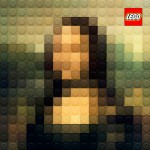
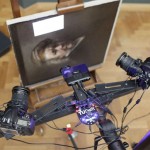
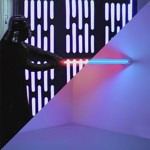
















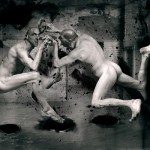
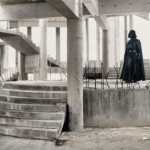
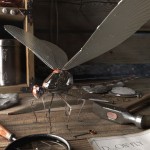
You must be logged in to post a comment.